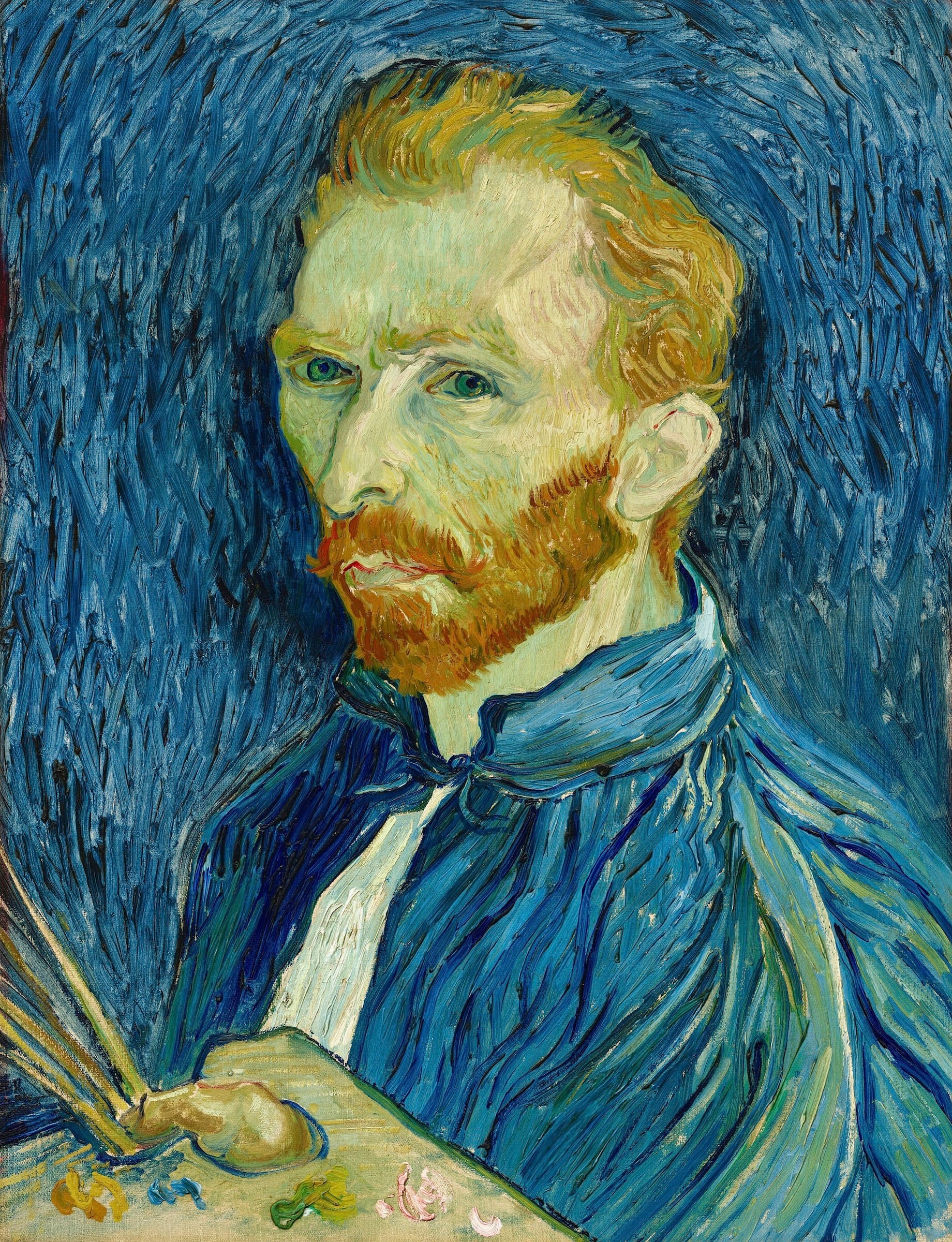The French Postal Worker Who Sat for Van Gogh
A portrait series of Joseph Roulin and his family, whom the painter befriended during his stay in Arles, is the focus of a show at the Museum of Fine Arts Boston.

“A head something like that of Socrates, almost no nose, a high forehead, bald pate, small grey eyes, high-coloured full cheeks, a big beard, pepper and salt, big ears.” That’s how Vincent van Gogh described postal worker Joseph Roulin in an 1888 letter to his sister, five months after abruptly leaving Paris for southern France with the intention of following in the footsteps of artists like Paul Cézanne and Adolphe Monticelli to the port city of Marseilles.
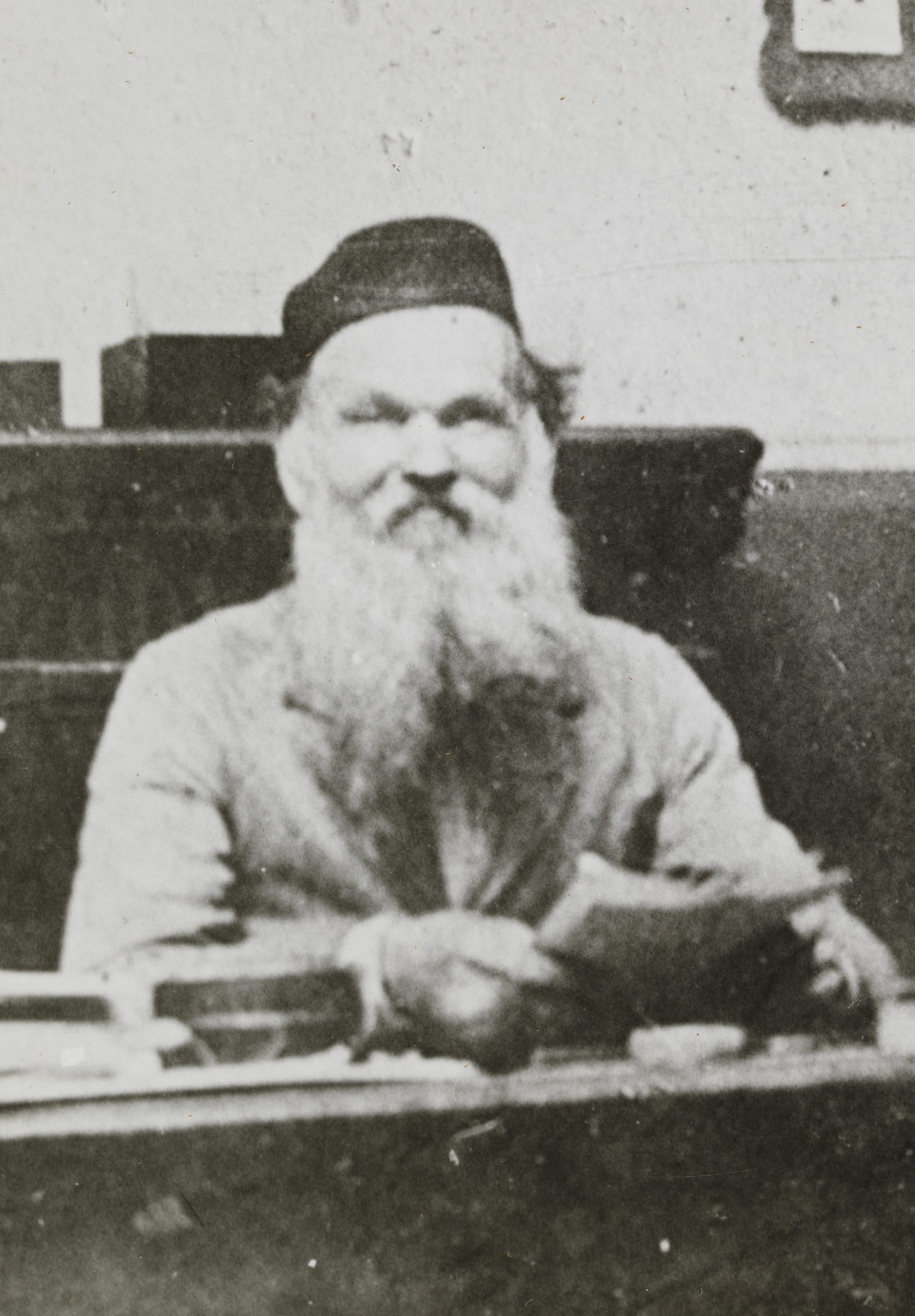
But the Provençal town of Arles ultimately took hold of the Dutch painter, and over the course of 15 months, van Gogh churned out an abundance of works, capturing countryside landscapes, potted sunflowers, street scenes, and his own image. It was also during this period that he befriended Roulin, the blue-uniformed postal worker who quickly became one of his favorite subjects — and whose likeness is now at the center of a new exhibition at the Museum of Fine Arts (MFA), Boston.
Van Gogh: The Roulin Family Portraits, on view through September 7, delves into the artist’s 26-portrait series focused on Roulin, his wife Augustine, and their three children Armand, Camille, and Marcelle.
Dispersed across global collections today, most of the paintings will be reunited in the fall with for the first time when the exhibition travels to the van Gogh Museum in Amsterdam.
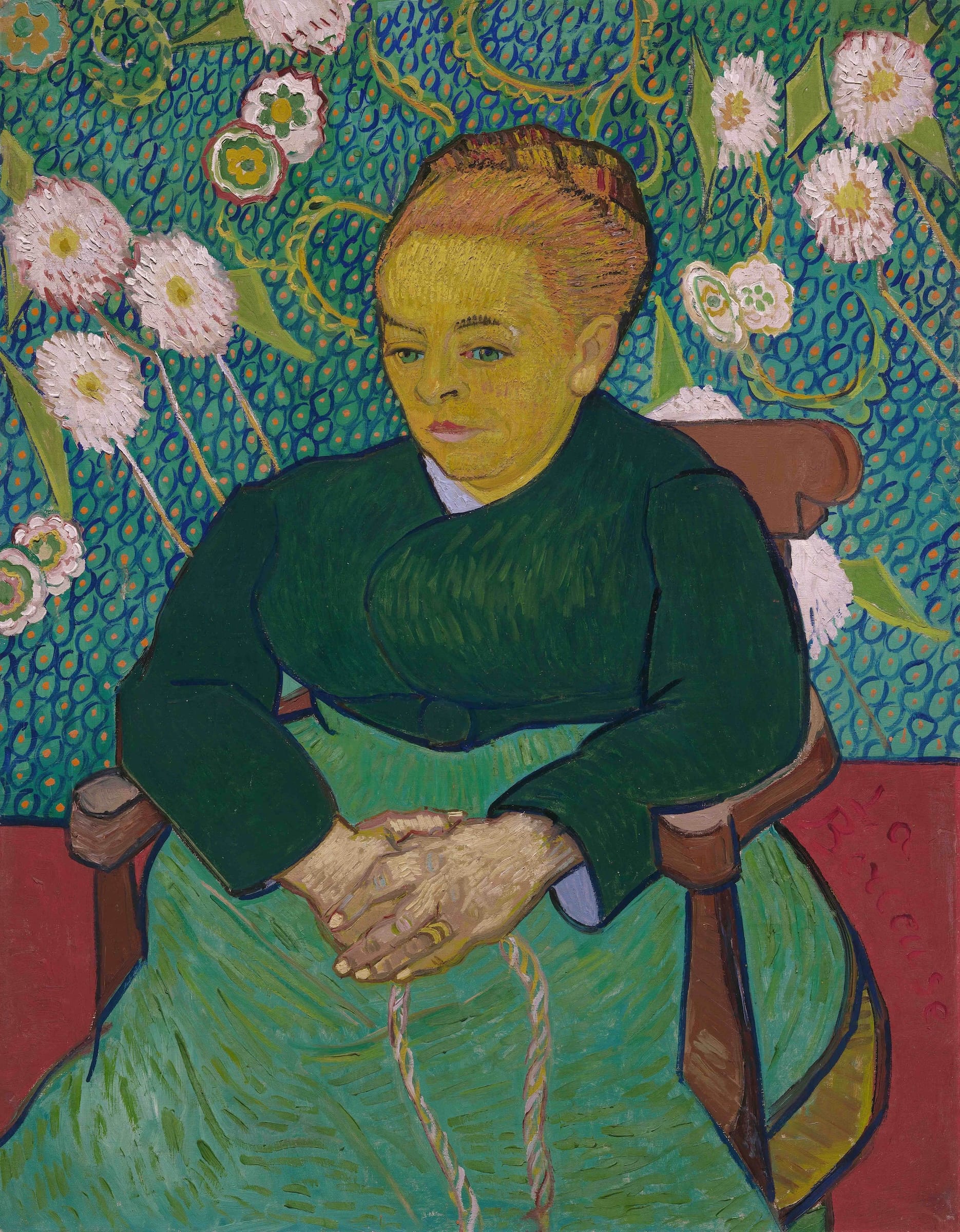
The MFA Boston show is a commemoration of a unique and meaningful friendship, featuring 14 of paintings from the series. Shy, asocial, and debilitatingly lonely, van Gogh found a kindred connection with Roulin that fueled his own artwork and continued to resonate with him through the end of his life.
“The man is a fervent republican and socialist, reasons very well and knows many things … I much prefer to paint something like this than flowers,” the artist wrote to his sister.
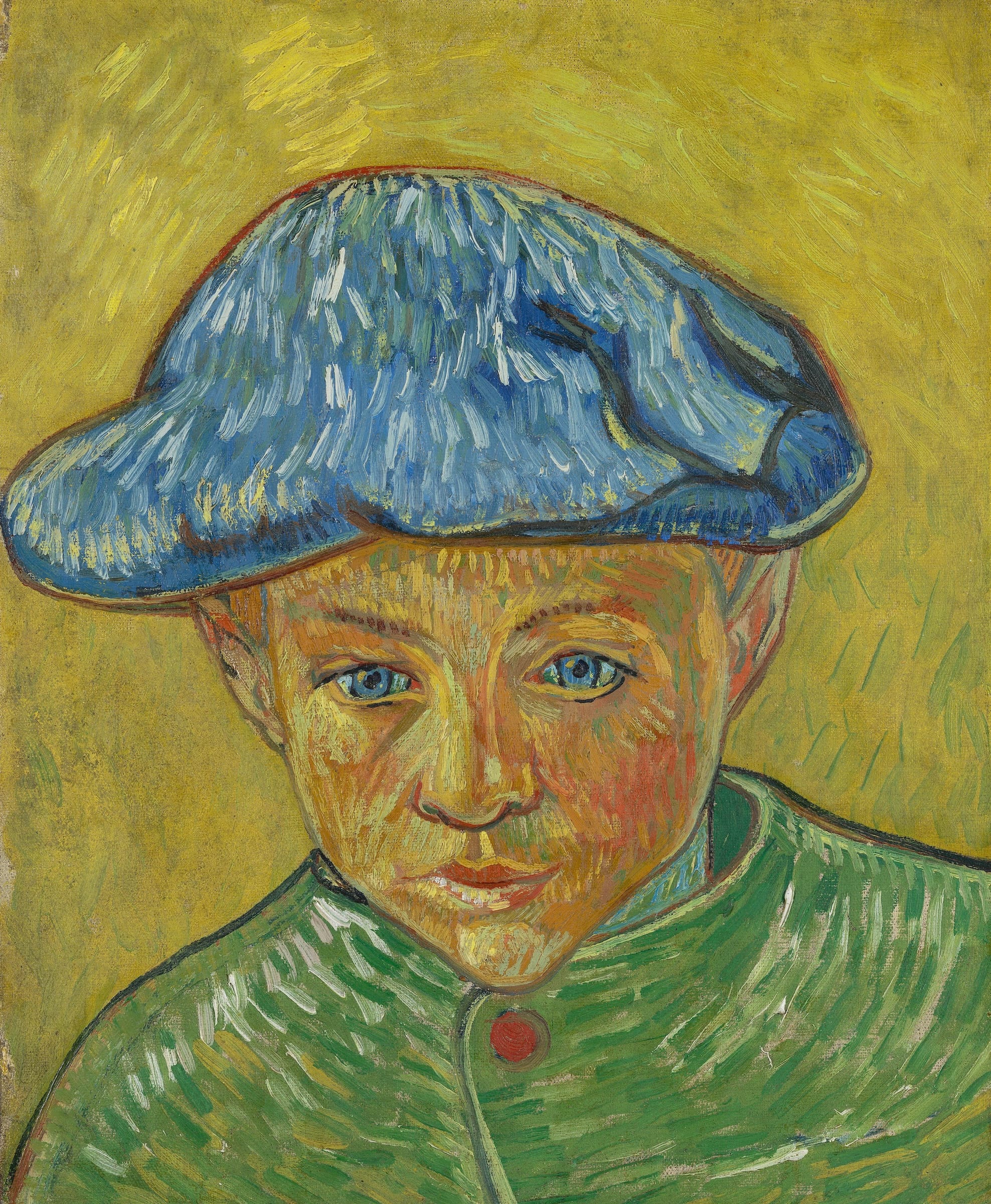
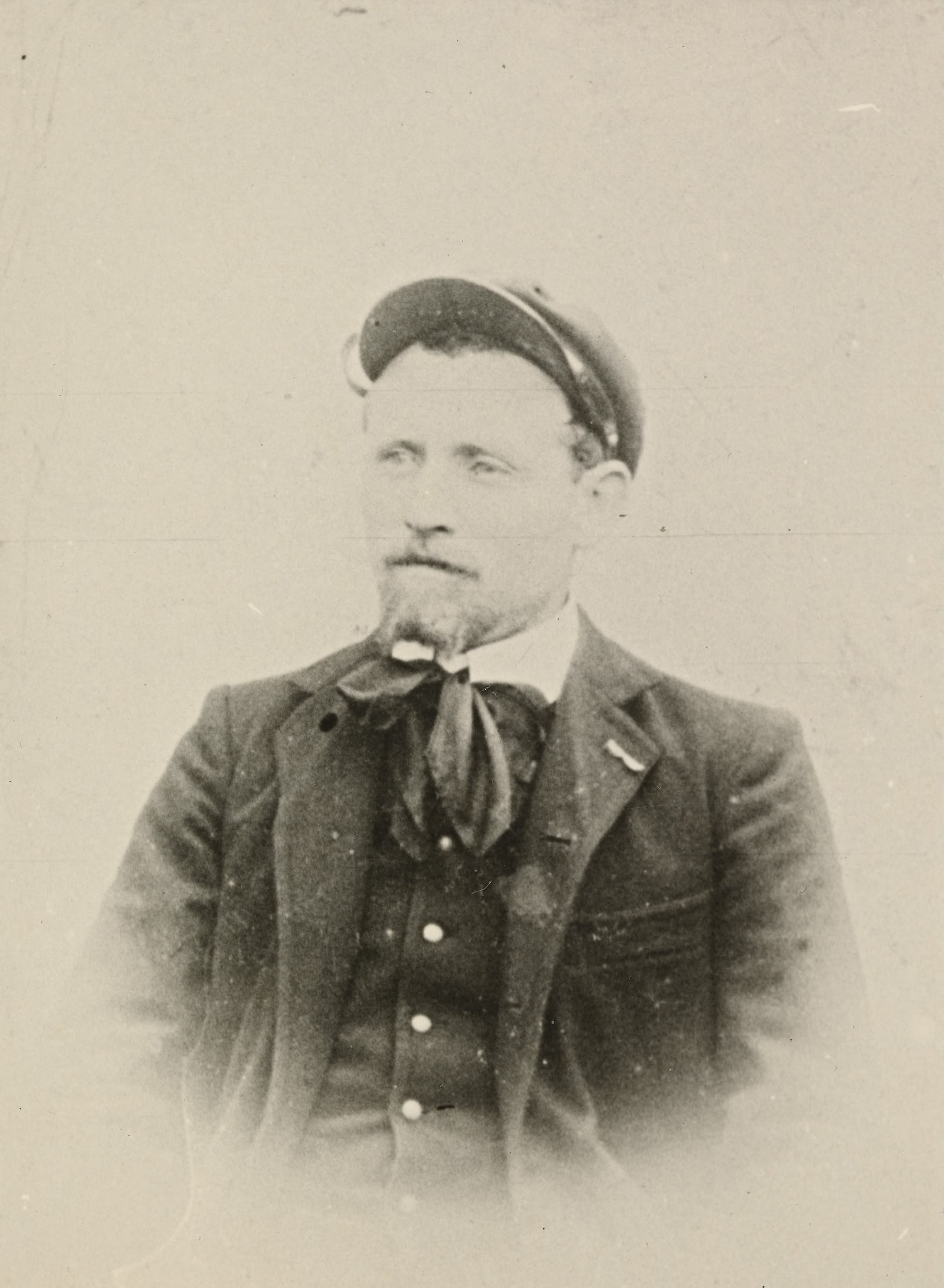
In late December 1888, when the artist suffered a mental breakdown that resulted in the mutilation of his left ear, Roulin gave his steadfast support, visiting the hospital daily and keeping van Gogh’s family updated on his condition in a written correspondence that is also included in the show.
After the artist left Arles, the two remained in contact, with van Gogh giving updates on his health and work, and inquiring about Roulin’s family.
“When you have the time to honour me with a letter you will always give me great pleasure,” Roulin wrote at the end of a letter dated August 1889.

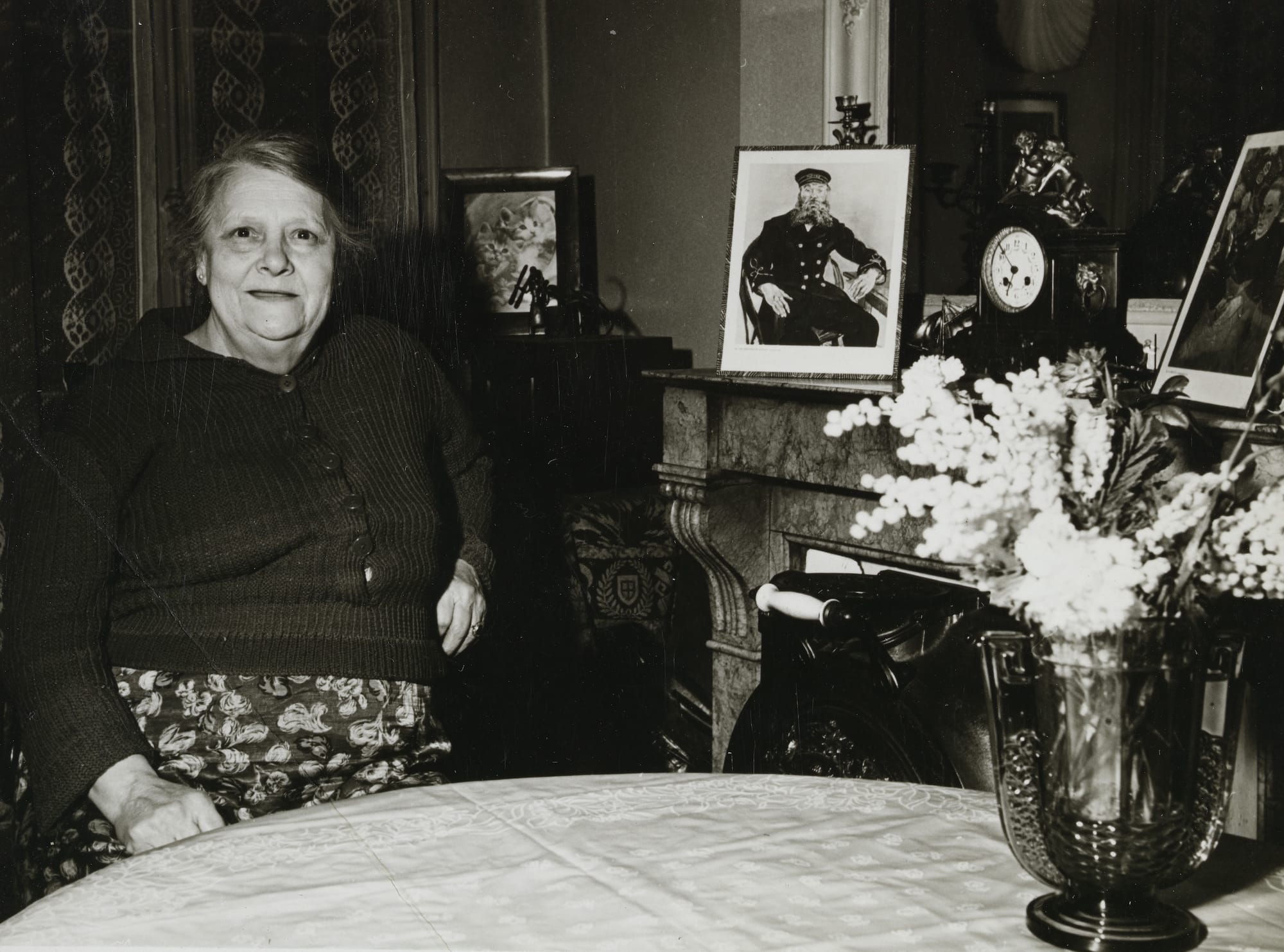
The exhibition also includes work by van Gogh’s contemporary Paul Gauguin, who visited the artist in Arles and painted several portraits of the Roulin family, as well as photographs of the Roulins from the early 20th century. In October, the show will go on view at the van Gogh Museum and include a life-sized replica of van Gogh’s Yellow House studio, offering a glimpse into the space where he painted the Roulins.
“[The Roulins] were more than just models to him,” Nienke Bakker, senior curator at the van Gogh Museum, said in a statement. “With them he found the warmth of a family that he was never able to start.”


